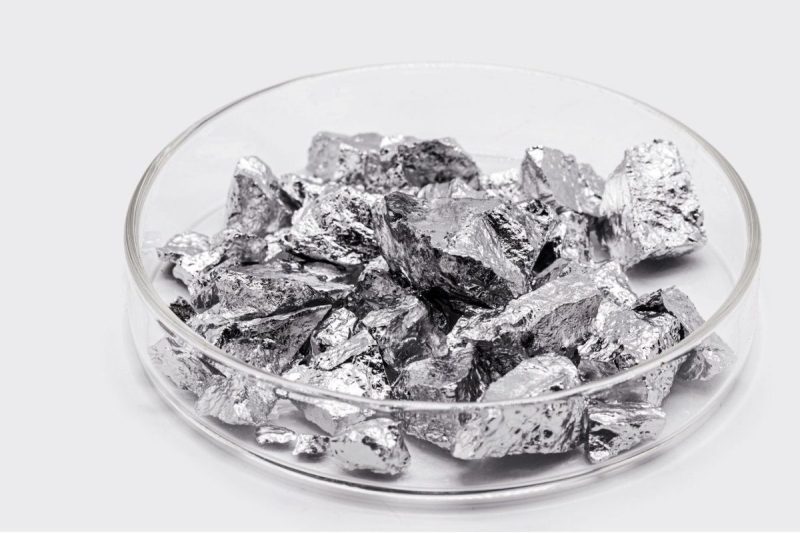Investing in Aluminum Stocks: A Comprehensive Guide
Understanding the Aluminum Market
Before delving into investing in aluminum stocks, it is useful to comprehend the dynamics of the aluminum market. Aluminum is the second most widely used metal globally, owing to its wide array of applications in transportation, construction, electronics among other sectors. Such a broad market base means that changes in these sectors significantly influence aluminum prices. Therefore, potential investors should monitor global economic trends, especially in China, the United States, and Europe, the three largest consumers of aluminum.
Additionally, the aluminum industry has faced sustainability pressures, leading to shifting industry practices and technological advancements aimed at reducing the carbon footprint. With an increasing global focus on green economy, companies demonstrating sustainability in their operations are likely to attract more investors.
Researching Aluminum Stocks
Once you have understood these market dynamics, the most immediate step is to research individual companies. Prominent players in the aluminum industry include Alcoa Corp, Rio Tinto, and United Company Rusal PLC among others. In your research, consider various factors such as company performance, financials, dividend yield, price-to-earnings ratios, and debt-to-equity ratios.
Also crucial is to assess the company’s sustainability initiatives and their adoption of green technologies. Companies at the forefront of incorporating eco-friendly technologies position themselves as future industry leaders, thus, they could offer ideal investment opportunities.
Investment Options
Having identified potential companies, the next step is to determine your preferred investment method. There are several ways you can invest in aluminum stocks:
1. Direct Ownership: This involves purchasing individual company stocks, which gives you direct ownership.
2. Exchange-Traded Funds (ETFs): ETFs offer a diversified approach wherein you invest in a basket of aluminum-related stocks rather than one company. An example is the SPDR S&P Metals & Mining ETF, which has substantial exposure to the aluminum industry.
3. Mutual Funds: Similar to ETFs, mutual funds provide a diversified portfolio but are managed actively by a fund manager. However, they usually come with higher fees compared to ETFs.
Use a Trading Platform
Once you’ve made your investment choice, decide on a platform to execute your trades. The platform should offer real-time market data, research tools, and 24/7 customer support. Also, observe the broker’s fee structure – including trade commissions and account management fees – as these can erode your profits.
Diversify Your Investment
While investing in individual sectors may offer higher returns, it’s always wise to diversify your portfolio. You can achieve diversification by investing in various sectors, different companies within the aluminum industry, or even spreading the investment to other metals. Such diversification protects your investment against sector-specific risks.
Stay Updated, Analyze and Rebalance
As an investor, always stay updated on current news and trends in the global economy, the aluminum industry, and the specific companies in which you’ve invested. Keeping yourself informed will help make sound decisions in response to changing market trends.
Further, schedule regular checks on your investment portfolio. Depending on how the stocks perform, you may need to rebalance your portfolio by buying more of the well-performing stock or shedding off some underperforming ones.
Investing in aluminum stocks can be profitable with a well-structured strategy. However, like any investment, it carries risks, so due diligence is required. Seek professional advice if necessary, and most importantly, always invest within your risk tolerance.




